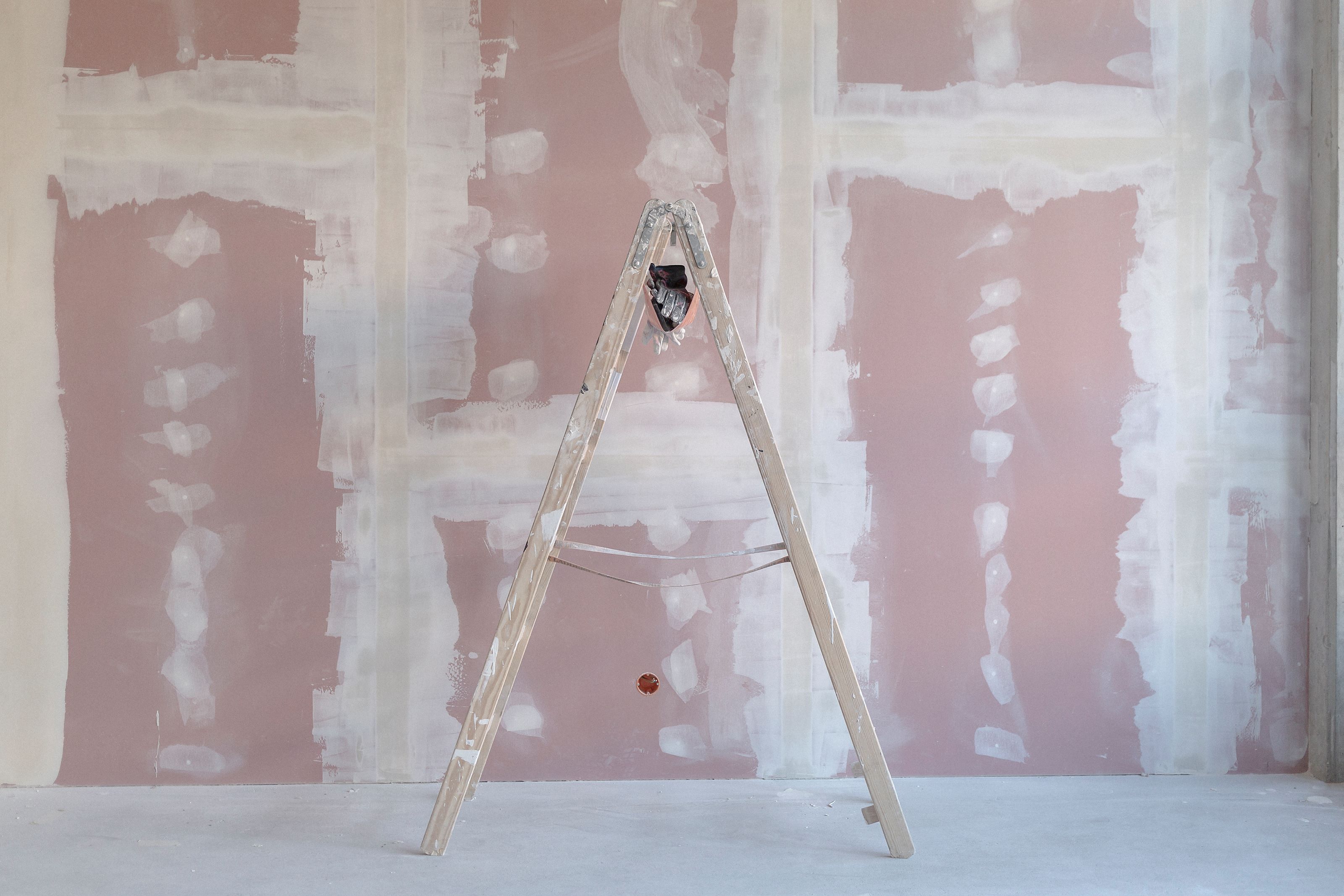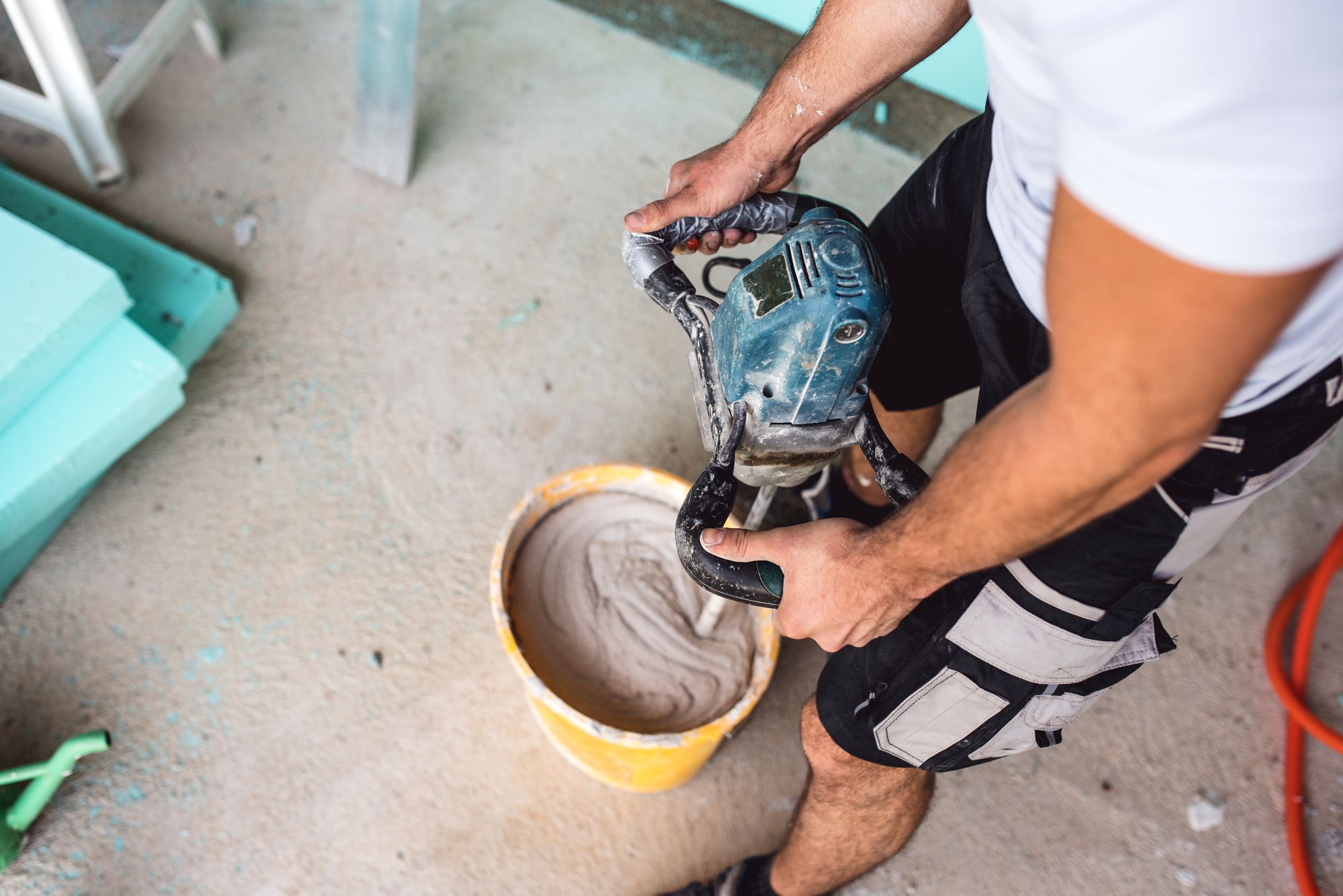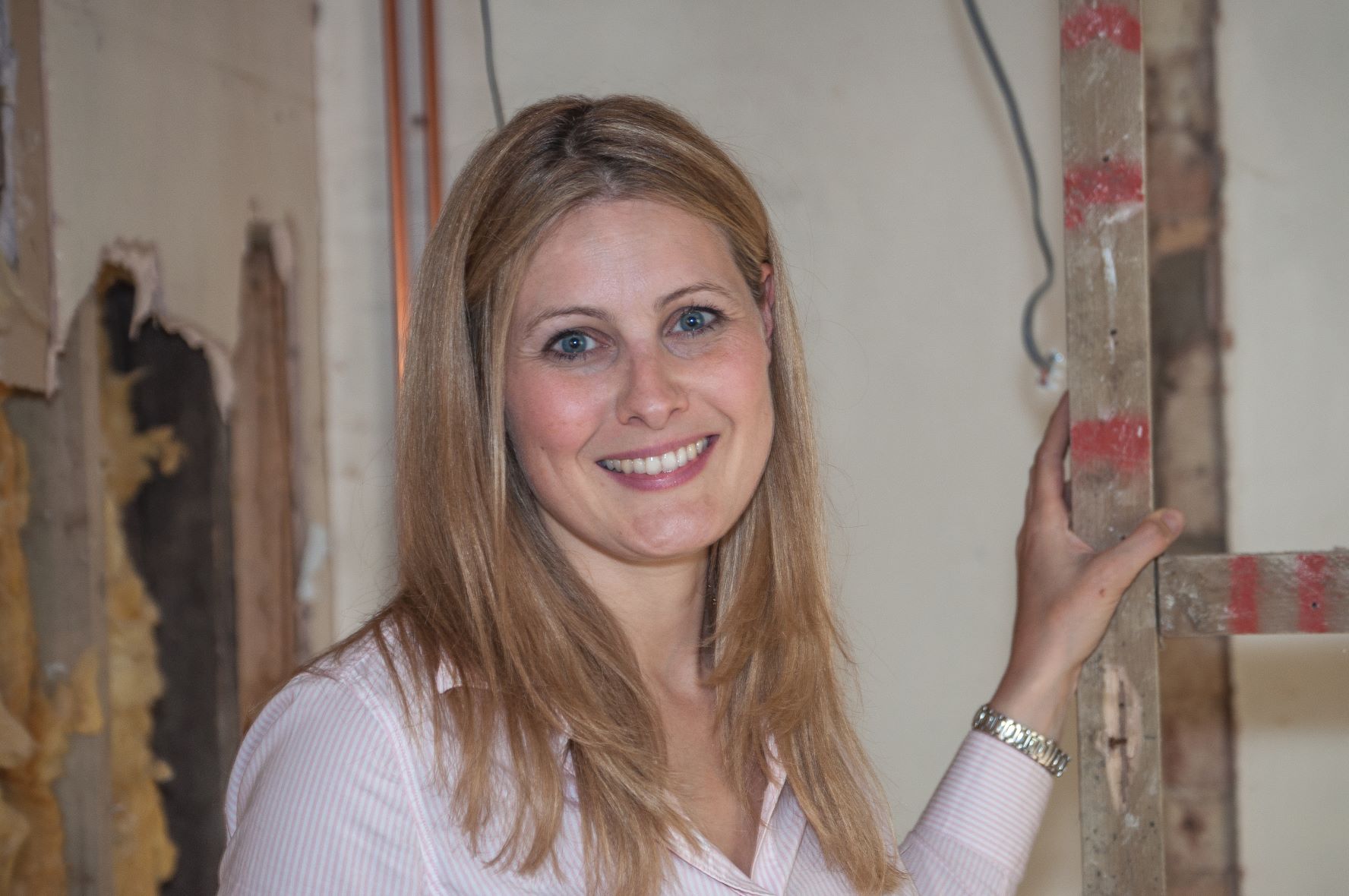How much to plaster a room? Costing up for a plasterer plus tackling it DIY
When it comes to finishing off a self build or renovation, budgets can be tight. Here's how much to plaster a room so you can factor it into your project costs

Those wondering 'how much to plaster a room' are in good company.
Many homeowners entering the final stages of their self build or renovation will be looking at their finances and if you have yet to carry out your plaster work, you might be wondering exactly how much plastering walls could cost.
Depending on where you live, the price of hiring a plasterer will vary depending on the room size and complexity, the type of plaster you need (traditional lime or more modern gypsum) and whether you're going to need one, two or possibly more plasterers to complete the job.
Here's our guide to calculating how much to plaster a room, including how much it might cost to try it DIY.
How much to plaster a room per square metre?
If you are calculating the total cost of your plastering job, you can roughly work this out by calculating the square meterage of your wall or ceiling. You also need to consider the following:
- How many days will you need a plasterer for?
- How many plasterers?
- The type of plaster — lime or gypsum, for instance?
As a guide, traditional built homes tend to need lime plaster to help the building and its natural materials breathe. Meanwhile, for more modern builds, gypsum plaster is a far cheaper and faster option.
"If you're going old traditional and hacking all the old stuff off and taking it back to the timbers, then insulating lathe, three coats of sand and putty mix, you'd be looking anywhere between £190 to £220 a square metre," explains plasterer Stuart Kirk. "Lime work is not the same if you're hacking off and putting lathes on and three coats of putty mix."
For gypsum plastering, the price is far less due to less work and more plasterers having the required skills.
"It varies from job to job but if it is straight onto plasterboard and if you were on site work then you probably wouldn't get more than £4 or £5 per square metre, but the stuff that we do – we work for a few builders – we usually charge £13 per square metre," he adds.
The price is usually similar whether plastering a wall or ceiling, Stuart explains: "Some will put on another £1 on a metre for a ceiling. Anything that's above 2.4 metres high, where you've got to use a small scaffold, some plasterers will add another £1 or £1.50."
Ultimately, jobs vary considerably. "I could do 100 metres in one house and it'll be a completely different price to 100 metres in another house. There's lots of things to consider when you price a house up," Stuart adds. And, it's more than likely that plasterers will calculate cost based on how many days the work will take.
If you are calculating the total cost of your plastering job, you also need to factor in the likelihood of needing more than one plasterer. This is because one plasterer can't simply stop plastering when it gets to the end of the working day due to how fast plaster dries. The job will need completing or you'll be left with a nasty ridge that'll potentially ruin the finish.

How much do plasterers charge per day?
We spoke to plasterer Stuart Kirk, from K.G Plastering in Essex. He has been plastering for more than 20 years and specialises in traditional lime plaster but knows the plastering industry inside out.
He says he charges £250 per man per day outside of London but that rate is probably going to increase to £270 later this year (2023), in line with what other plasterers are planning to charge this year. That said, you can still find some plasterers and handymen out there charging only £160 a day, he adds.
"But it all depends on circumstance. Say you've got one wall in your living room where one person could get it done quite easily he'll probably charge you a day's money, whereas if you've got two and it's a big wall and you need two people, it'll be two days' money. If there's not enough metres in the wall for a guy to earn his day's money, say he charges £250 a day, and there's only enough metres to cost £200, then he'll still charge you his day's money," Stuart explains.
Meanwhile, he says he won't work for less than £400 a day in London due to additional associated costs, hassle and difficulties working in the city brings.
And it's worth highlighting that a plasterer's working day is very different to your typical 9-5pm. This is because of how physical the job is, as well as other factors like daylight hours (often jobs do not have electric yet). You can often expect your plasterer to turn up early in the morning and leave by early afternoon.
Stuart explains: "It's a bone of contention with most people. If we've got four or five days worth of prep to do, or we are lathing a house, we usually start around 7.30am and finish around 3pm or 3.30pm. But if you are actually plastering we still start at 7.30am and it's all on and we can't do anything by 12pm then it's a day's money. But you do have days when you are still there until 5pm or 6pm, so you take the rough with the smooth really."
The price of the job will also increase if there's a lot of prep work required, for instance if haven't already fixed plasterboard.
Can I save money doing the prep work myself?
Potentially you can save money by doing some of the prep work yourself, if you are a competent DIYer. In modern builds, or modern walls, you can plasterboard the walls yourself. You can find more information on this in our plasterboarding guide, how to plasterboard a ceiling and dot and dab guide by our expert Steve Jenkins.
However, if you aren't that good at DIY you can potentially cause more work for the plasterer, costing you more money if the plasterer has to spend time undoing poor workmanship before redoing it.
This can often be the case with traditional builds where owners try to save money by attempting lathing themselves, but get it wrong, says Stuart Kirk.
"Sometimes a customer will want to save money by doing the hacking off of the old plaster. But I mean a lot of the time the customer will say we'll do all your prep for you and it'll be completely wrong so we have to do it all again," he explains.
How much does it cost to plaster a room DIY?
First a word of warning, if you mess it up you'll end up paying for a plasterer to come and redo the job, as well as potentially the cost of removing any plaster that is falling of the wall due to a bad mix. So you need to be confident of your plastering skills.
A second word of warning, if it is a large space you are likely to need more than one person for the job, or risk the plaster drying before the job is finished.
And a final warning: plastering DIY is hard, messy, frustrating work. Still keen? Well, there's no doubt this can be a far cheaper option, if you know what you're doing.
You'll need plastering tools, which you can pick up relatively inexpensively secondhand or easily in a DIY store like B&Q or Screwfix. The cost of the tools is somewhere in the region of £25 to £100 depending on which and how many tools you buy or need. You can refresh your skills by reading our guide on skimming plasterboard.
Gypsum plaster meanwhile is currently around £10 for a 25kg bag. Make sure you check the date on it though; builders' merchants have been known to inadvertently give out of date plaster and this can be a total nightmare when plastering.
You'll also need to know how to mix plaster as well as calculating how many bags of plaster you need; just make sure you don't get caught short too as you can ruin the job in the time it'll take you to drive back and forth to your local builders' merchant.
Get the Homebuilding & Renovating Newsletter
Bring your dream home to life with expert advice, how to guides and design inspiration. Sign up for our newsletter and get two free tickets to a Homebuilding & Renovating Show near you.

Amy spent over a decade in London editing and writing for The Daily Telegraph, MailOnline, and Metro.co.uk before moving to East Anglia where she began renovating a period property in rural Suffolk. During this time she also did some TV work at ITV Anglia and CBS as well as freelancing for Yahoo, AOL, ESPN and The Mirror. When the pandemic hit she switched to full-time building work on her renovation and spent nearly two years focusing solely on that. She's taken a hands-on DIY approach to the project, knocking down walls, restoring oak beams and laying slabs with the help of family members to save costs. She has largely focused on using natural materials, such as limestone, oak and sisal carpet, to put character back into the property that was largely removed during the eighties. The project has extended into the garden too, with the cottage's exterior completely re-landscaped with a digger and a new driveway added. She has dealt with de-listing a property as well as handling land disputes and conveyancing administration.
